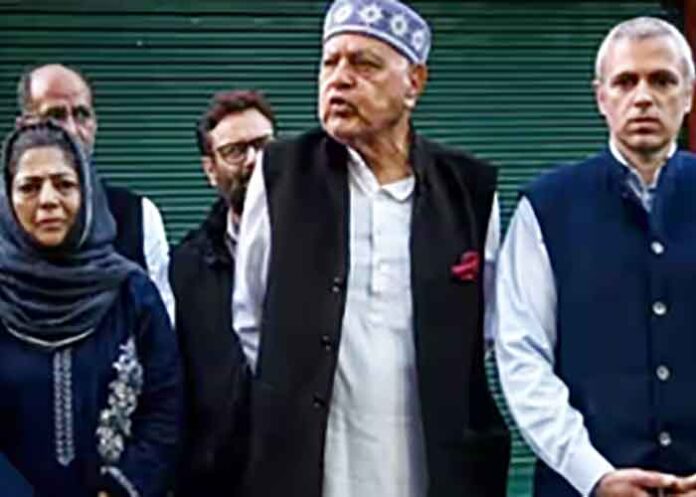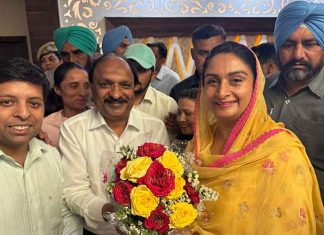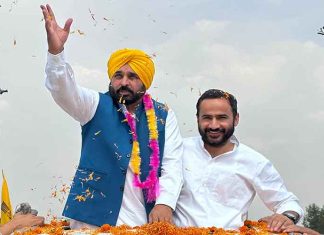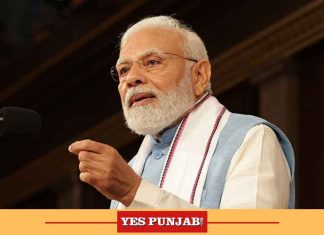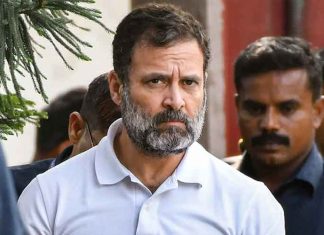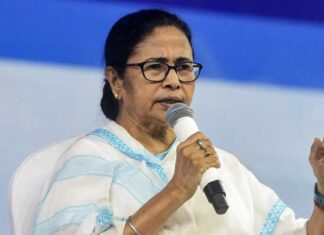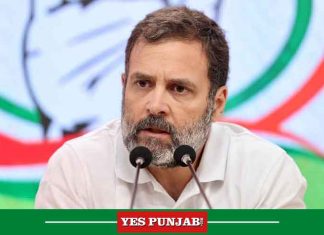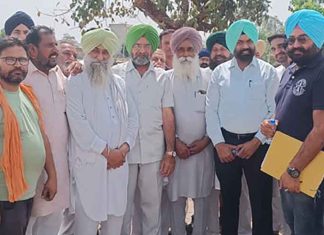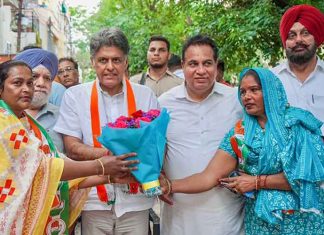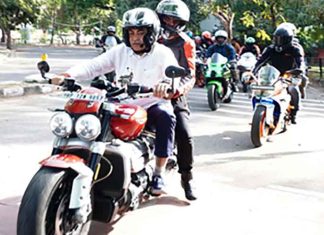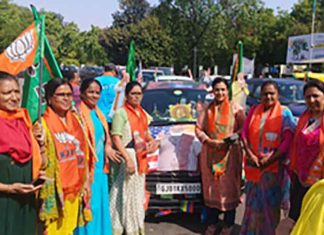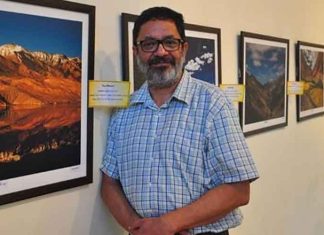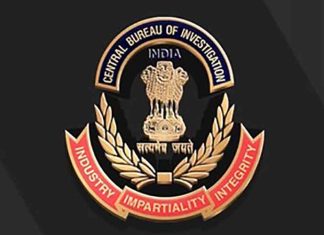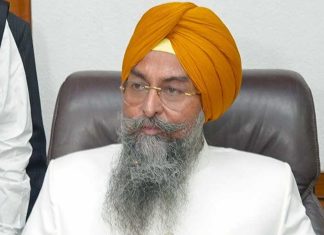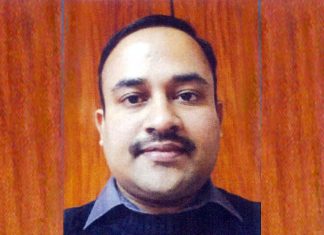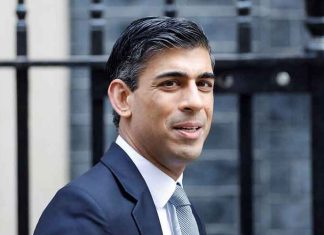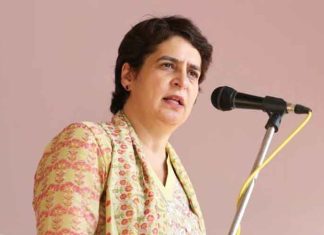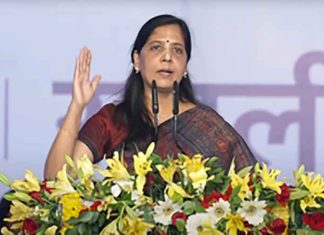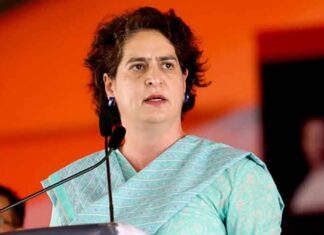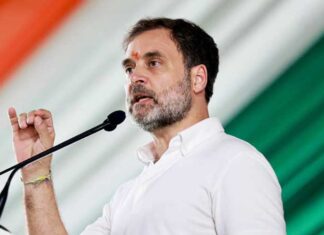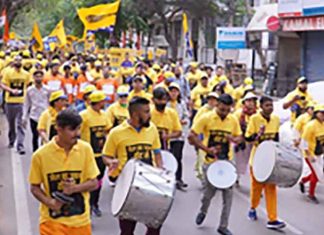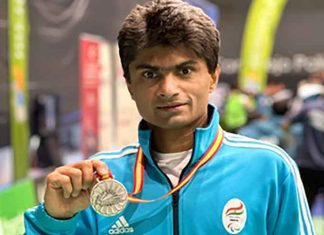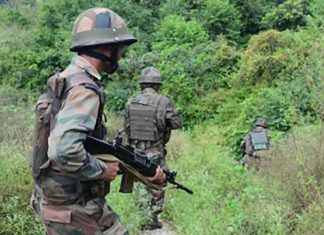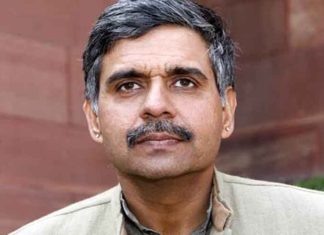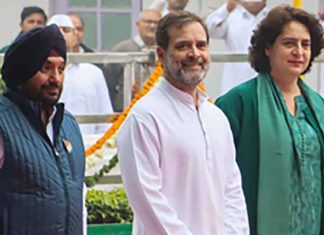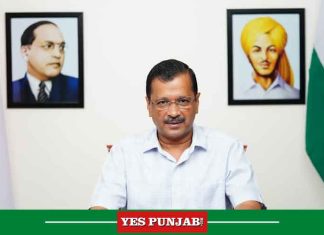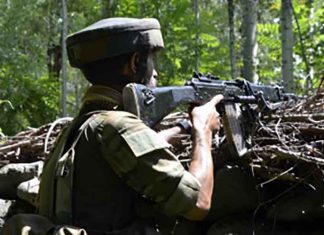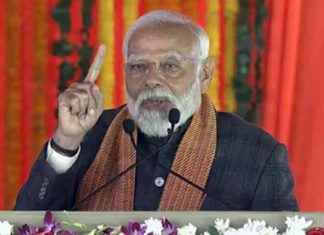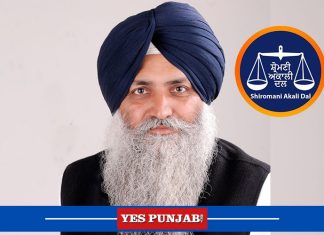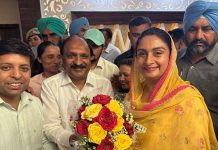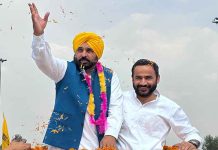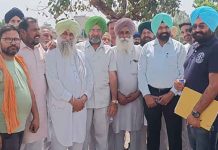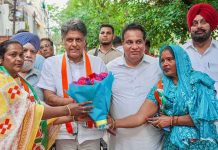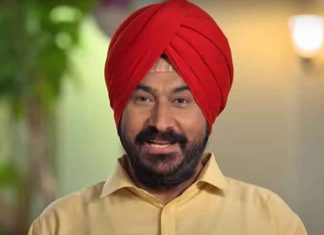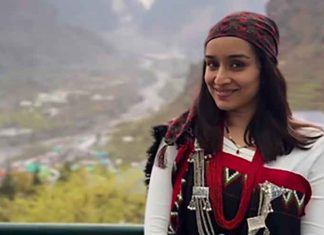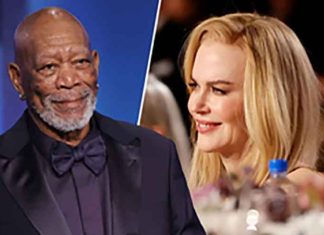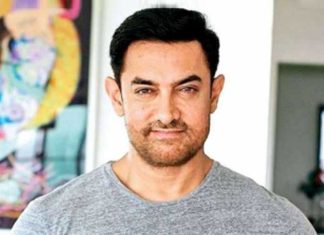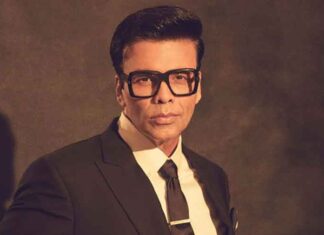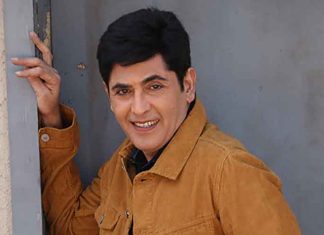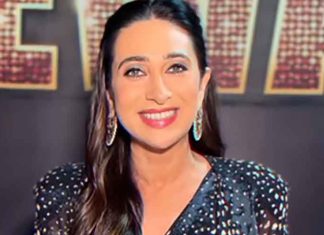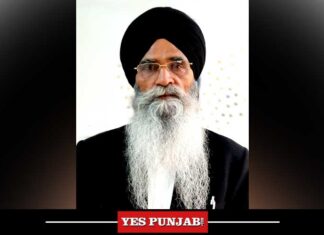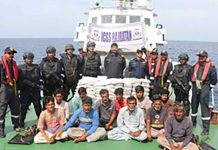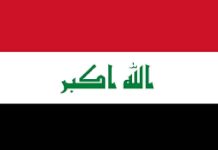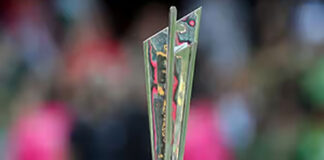Srinagar, Dec 16, 2023
Politics in Jammu and Kashmir has been driven by regional interests and challenges since 1947.
Till August 5, 2019, when J&K was a state, it was whether you stood for the interests of the Valley or Ladakh and Jammu regions.
After Ladakh became a Union Territory, it is now directly between those who claim to represent the interests of the predominantly Muslim majority Valley or the Hindu dominated Jammu division.
Even within the Jammu division, districts like Rajouri, Poonch and Doda with a large number of the Muslim electorate, have more affinity with the Valley rather with other districts of Jammu division like Jammu, Samba, Kathua, Reasi, Udhampur and even Ramban.
Out of the 87 assembly seats in the erstwhile J&K legislative assembly, the Valley had 47 and Jammu division had 36 (Ladakh region had 4).
Given this electoral arithmetic, those who won the majority of seats in the Valley dictated the terms.
After delimitation, this disparity has been addressed by giving 46 seats to the Valley and 44 seats to Jammu division out of 90 seats for which elections would be held.
Three assembly seats, two for the migrant Kashmiri Pandit community and one for the refugees from Pakistan occupied Jammu and Kashmir (POJK) would be directly nominated by the Lt Governor.
Interestingly, in contrast to the erstwhile assembly, the nominated members would have the right to vote during government formation.
Even after the delimitation commission tried to address the disparity in representation between the two regions, political dynamics in J&K is still based on whether you stand for the wishes and aspirations of the Valley or the Jammu division.
This inherent political clash of interest owes itself to the days of the autocratic Dogra rule in the state.
The Dogra rulers were Hindu Rajputs belonging to Jammu and the political movement against the last Dogra king, Maharaja Hari Singh was started by Sheikh Mohammad Abdullah, who was believed to be a devout Muslim.
The Maharaja’s rule was replaced by the rule of Sheikh Mohammad Abdullah who became the chief administrator when the Maharaja fled to Jammu from Srinagar after the tribal invasion of the state in 1947.
The Sheikh later became the ‘Wazir-e-Azam’ (Prime Minister) of J&K with Maharaja Hari Singh’s son, Karan Singh as the ‘Sadr-e-Riyasat’ (Head of State).
While the Sheikh ruled the state, Karan Singh was just a 16-year old boy who was made the titular head to satisfy some constitutional legality after the accession of the state to India.
How much authority the so-called ‘Sadr-e-Riyasat’ wielded during the rule of the late Sheikh should become amply clear from the fact that Karan Singh donated 247 acres of land for establishing the present campus of Kashmir University, but he could not get the ‘luxury’ of naming even a path in the large campus after his father, Maharaja Hari Singh.
Thus since 1947, it has been politically relevant whether you stood to represent the Valley’s interest or that of the Jammu division.
The Valley centric parties have always ruled the state with their chief ministers heading all governments which belonged to the Valley based Muslim community.
Be it the late Sheikh or Bakshi Ghulam Mohammad, Khwaja Ghulam Mohammad Sadiq, Syed Mir Qasim, Farooq Abdullah, Omar Abdullah, Mufti Mohammad Sayeed, Ghulam Nabi Azad or Mehbooba Mufti, all chief ministers were Valley based Muslims except Ghulam Nabi Azad who though a Kashmiri speaking Muslim belonged to Doda district of Jammu division.
The ruling Valley centric political parties like the National Conference (NC) and the Peoples Democratic Party (PDP) had the predominant majority of seats in the assembly which belonged to the Valley with marginal presence in the Jammu division and that too in Muslim dominated districts of the division.
Today also, the Valley based political parties demand restoration of Article 370 and grant of statehood.
In the Jammu division, there is hardly any demand for restoration of Article 370 although statehood is still among the demands of the division.
Voices are also becoming powerful in Jammu division for grant of statehood to Jammu separately after another division of J&K.
Thus, a regional political party might claim to represent the common interest of both the divisions, the fact is that what suits the people of the Valley is not seen as pro-Jammu as well.
The revival of political activity would, therefore, naturally rekindle the regional priorities and challenges whenever the people in the two divisions go to vote.
At least in the case of J&K, sauce for the goose is definitely not going to be sauce for the gander as well.(Agency)



